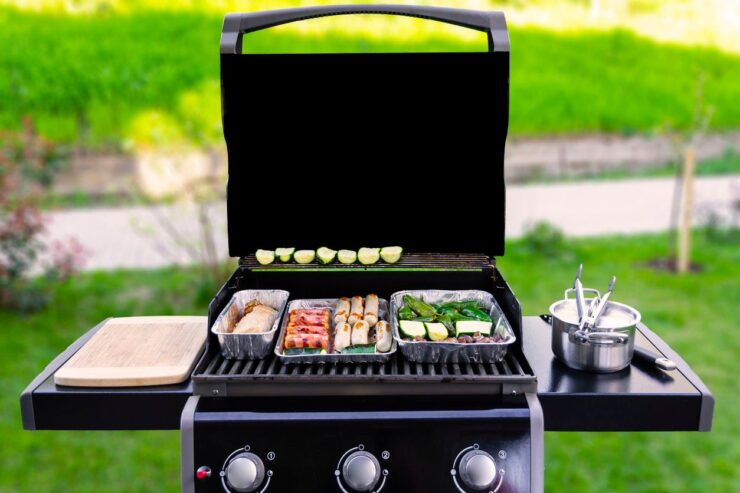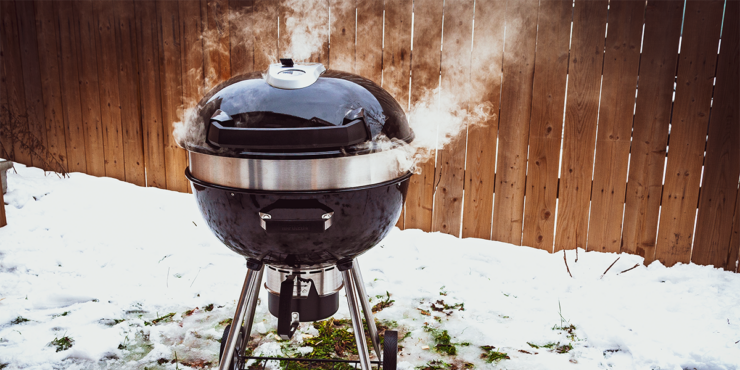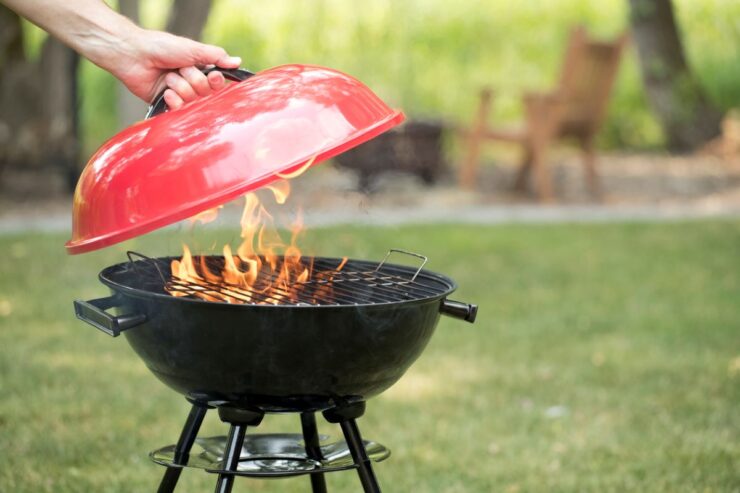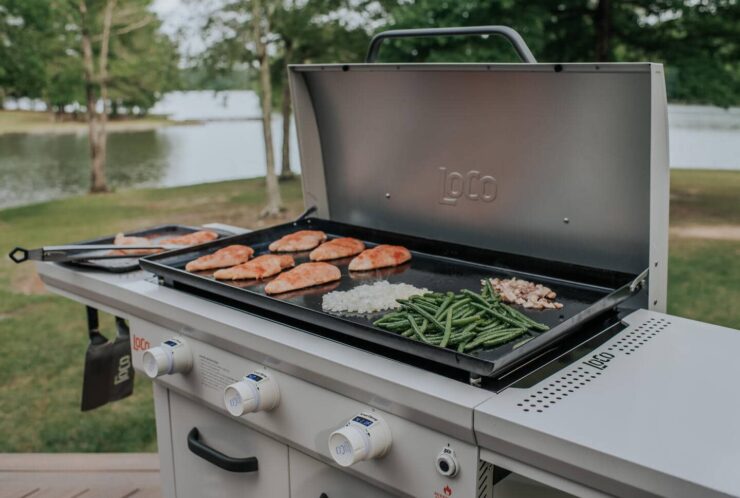A Pit Boss grill is a fantastic addition to any backyard or outdoor cooking setup. With its versatility and exceptional performance, it allows you to create mouthwatering meals for family and friends. However, like any complex appliance, occasional issues can arise. Fear not! In this guide, we will provide you with expert tips and tricks to troubleshoot common problems that may occur with your Pit Boss grill. By following these guidelines, you can quickly get back to grilling and enjoying delicious meals.
The Grill Won’t Ignite

One of the most common issues faced by grill owners is difficulty in igniting the grill. To troubleshoot this problem, start by ensuring that the propane tank or natural gas line is properly connected and the valve is open. If the tank is empty, replace it with a full one. Next, check the igniter for any signs of damage or debris. Clean the electrode with a soft brush or cloth to remove any dirt or corrosion. If the igniter still doesn’t work, it may need to be replaced.
Uneven Heating
Uneven heating can lead to improperly cooked food, which is frustrating for any griller. To address this issue, check the positioning of the heat shields and ensure they are properly aligned. Unevenly placed heat shields can cause hot spots or cold areas on the grill grates. Additionally, make sure that the burners are clean and not clogged with debris. Clean them thoroughly using a grill brush or a wire brush.
Temperature Fluctuations
If you notice significant temperature fluctuations while grilling, it can affect the outcome of your dishes. Start by checking the temperature gauge on your grill to ensure its accuracy. If the gauge seems inaccurate, consider calibrating it or replacing it if necessary. Also, examine the gasket around the lid to ensure a proper seal. A faulty or worn-out gasket can cause heat loss and temperature fluctuations. Replace the gasket if needed.
Excessive Smoke

Excessive smoke can be an issue, especially when it affects the flavor of your food or causes a smoky environment. First, verify that you are using the appropriate type of pellets or charcoal for your grill. Low-quality or damp pellets can create excessive smoke. Additionally, check the burn pot for any blockages or ash buildup, as this can impede proper airflow. Clean the burn pot regularly to maintain optimal performance.
Grill Doesn’t Reach High Temperatures:
If your Pit Boss grill is struggling to reach high temperatures, it may impact your ability to sear or cook certain foods. Start by checking the regulator and hoses for any leaks or damage. Ensure they are properly connected and functioning. If you’re using a pellet grill, check the auger for any blockages or obstructions that may be hindering the pellet feed. Clear any debris and clean the auger thoroughly.
Grease Fire
A grease fire can occur when excessive grease accumulates in the drip tray or grease bucket. To prevent this issue, ensure that the drip tray and grease bucket are clean before each use. Regularly clean the interior of your grill to avoid a buildup of grease. In case of a grease fire, turn off the grill and keep the lid closed to cut off the oxygen supply. Never use water to extinguish a grease fire.
Reminder
Owning a Pit Boss grill opens up a world of culinary possibilities, but occasionally, troubleshooting is necessary to ensure optimal performance. By following the tips and tricks provided by experts, you can quickly diagnose and resolve common issues such as ignition problems, uneven heating, temperature fluctuations, excessive smoke, low temperatures, and grease fires. Remember to always prioritize safety, follow the manufacturer’s guidelines, and practice proper maintenance to keep your Pit Boss grill in excellent working condition.
Regular cleaning and maintenance are crucial for the longevity and performance of your grill. Make it a habit to clean the grates, heat shields, and burn pot after each use. Use a grill brush or scraper to remove any leftover food particles and debris. Empty and clean the drip tray and grease bucket regularly to prevent grease buildup and reduce the risk of a grease fire.
Inspect the grill for any signs of wear and tear, such as rust or damaged parts. Replace any worn-out or faulty components promptly to avoid further complications. Check the propane tank or natural gas line for leaks or damage. If you detect a leak, turn off the gas supply immediately and have it repaired by a professional before using the grill again.
Additionally, familiarize yourself with the user manual provided by Pit Boss. It contains valuable information about the specific features and maintenance requirements of your grill model. Following the manufacturer’s instructions will ensure that you are using the grill correctly and will help you troubleshoot specific issues unique to your grill.
If you encounter persistent problems that cannot be resolved through troubleshooting, don’t hesitate to reach out to Pit Boss customer support or consult a professional technician. They have the expertise and knowledge to assist you with more complex issues and ensure that your grill is operating safely and efficiently.
Troubleshooting your Pit Boss grill is part of the grilling experience. With patience and the right knowledge, you can overcome any obstacles and continue to enjoy delicious grilled meals for years to come.
Conclusion

In conclusion, understanding how to troubleshoot common issues with your Pit Boss grill is essential for maintaining its optimal performance. By following the tips and tricks shared by experts, such as addressing ignition problems, uneven heating, temperature fluctuations, excessive smoke, low temperatures, and grease fires, you can overcome these challenges and get back to grilling with confidence. Regular maintenance, proper cleaning, and adhering to safety guidelines will help you prolong the life of your grill and ensure a delightful grilling experience every time. Happy grilling!

